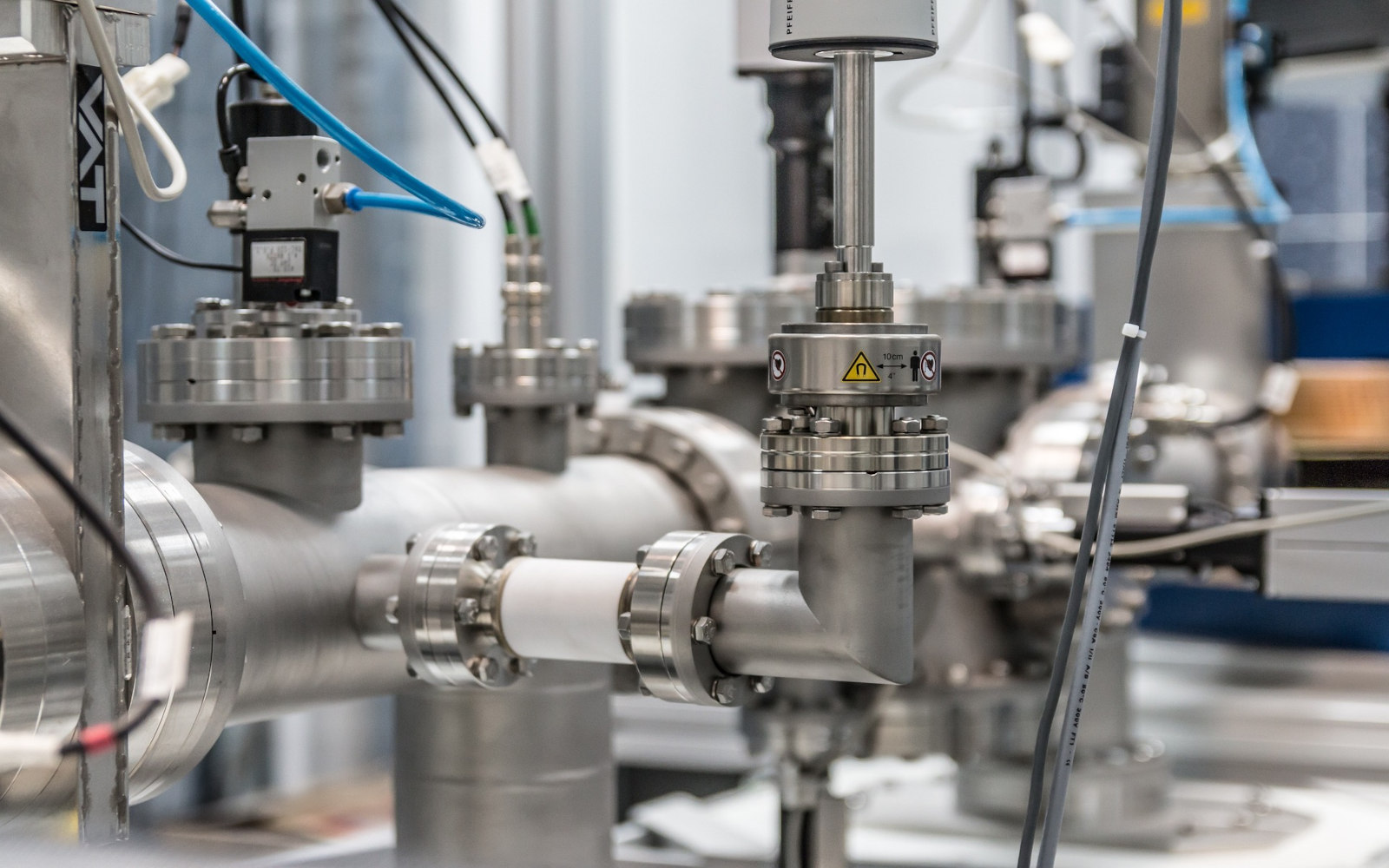Nitrogen dioxide (NO2) is a toxic gas commonly associated with air pollution and industrial processes. It is highly reactive and poses significant health risks, making safety measures crucial in environments where NO2 exposure is possible.
This article explores the hazards of nitrogen dioxide gas, its industrial uses, safety precautions, and best practices for ensuring a safe working environment. The objective is to provide safety managers, industrial hygienists, and other professionals with the necessary information to mitigate the risks associated with NO2.
Common Industrial Uses of Nitrogen Dioxide
Nitrogen dioxide is used in various industries due to its chemical properties. Key applications include:
- Chemical Manufacturing: NO2 is an intermediate in the production of nitric acid, which is a key chemical in fertilizers and explosives.
- Fossil Fuel Combustion: NO2 is produced during the combustion of fossil fuels in vehicles, power plants, and industrial facilities.
- Plating and Metallurgy: Used in the nitration of metals and in the etching process for semiconductors.
- Laboratory Research: Employed as a reagent in chemical research and development.
Despite its utility, nitrogen dioxide is a hazardous substance that requires stringent safety measures.
The Hazards of Nitrogen Dioxide Gas
Nitrogen dioxide is a reddish-brown gas with a sharp, acrid odor. It poses several health risks:
- Respiratory Irritation: Inhalation of NO2 can cause irritation of the respiratory tract, leading to coughing, shortness of breath, and lung inflammation. Prolonged exposure can cause chronic respiratory conditions.
- Oxidizing Properties: NO2 is a strong oxidizer and can react with organic materials, increasing the risk of fire and explosion.
- Toxicity: Exposure to high concentrations of NO2 can cause severe lung damage and, in extreme cases, can be fatal.
Exposure Limits and Regulations
To protect workers from the dangers of nitrogen dioxide, various regulatory bodies have established exposure limits:
· OSHA (Occupational Safety and Health Administration):
-
- PEL (Permissible Exposure Limit): 5 ppm (ceiling)
· NIOSH (National Institute for Occupational Safety and Health):
-
- REL (Recommended Exposure Limit): 1 ppm (15-minute ceiling)
- IDLH (Immediately Dangerous to Life or Health): 20 ppm
· ACGIH (American Conference of Governmental Industrial Hygienists):
-
- TLV (Threshold Limit Value): 0.2 ppm (8-hour TWA)
Safety Measures and Best Practices
Handling nitrogen dioxide safely requires a comprehensive safety approach. Key measures include:
1. Fixed Gas Detection Systems:
-
- Continuous Monitoring: Fixed gas detectors can monitor NO2 levels, providing early detection of leaks and preventing hazardous exposure.
- Alarm Systems: Audible and visual alarms alert personnel to evacuate or take necessary precautions.
2. Personal Protective Equipment (PPE):
-
- Workers should use appropriate PPE, including respirators, chemical-resistant gloves, goggles, and protective clothing, particularly in areas where NO2 exposure is possible.
3. Proper Ventilation:
-
- Adequate ventilation systems are essential to disperse NO2 and prevent the accumulation of hazardous concentrations, especially in confined spaces.
4. Emergency Response Plans:
-
- Comprehensive emergency response plans should include procedures for containment, evacuation, and first aid. Coordination with local emergency services is vital for effective response.
5. Training and Awareness:
-
- Regular training on the hazards of nitrogen dioxide, safe handling practices, and emergency procedures is crucial for all employees. Drills should be conducted to ensure preparedness.
Nitrogen dioxide is a significant industrial gas with various applications, but it poses serious health and safety risks if mishandled. Understanding its hazards and implementing robust safety measures, including gas detection systems, proper PPE, ventilation, and comprehensive emergency planning, are essential for protecting workers and facilities.
By adhering to best practices and maintaining vigilance, industries can minimize the dangers associated with NO2 exposure.
For more information on nitrogen dioxide safety and Interscan’s Accusafe and GasD 8000 detection systems, please contact us and request a quote today.


